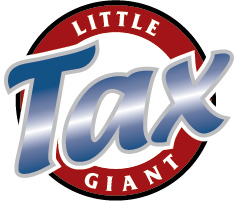Tax Updates November 28
IRA Owners Can Give, Tax-Free
The IRS reminds IRA owners age 70½ or over that they have the option to transfer up to $100,000 to charity tax-free each year. These qualified charitable distributions (QCDs) offer an easy way to give to charity before the end of the year. For those who are at least 72, QCDs count toward the required minimum distribution (RMD) for the year. Those interested in making a QCD for 2022 should contact their IRA trustee soon so the transaction can be completed in a timely manner. Typically, IRA distributions are taxable. However, a QCD paid directly from the IRA to an eligible charitable organization makes the distribution tax-free. An IRA owner age 70½ or over can exclude up to $100,000 of gross income with this method, and a married couple (both age 70½ or over, and both holding IRAs) can exclude a total of up to $200,000 per year. QCDs must be reported properly on the federal income tax return.
Five Year Plan in Spanish
The IRS has announced that the agency’s Strategic Plan for Fiscal Years 2022-2026 is now available in Spanish, for the first time ever. This aligns with their continued intentions of expanding tax resources in more languages and increasing product and service availability to support the needs of all communities. The Strategic Plan will guide the IRS’ programs and operations focusing on service to taxpayers, enforcement of tax law, strengthening relationships with non-agency partners, and transformation of the IRS into a more resilient, agile, and responsive agency, so as to narrow the tax gap.
Get Ready to File
The IRS encourages taxpayers to take steps before the end of the year to make filing their 2022 federal tax return easier. With some preparation, awareness of tax changes, and online tools, taxpayers can be well equipped to handle the upcoming tax season. The Get Ready page offers information and organizing tips, and a list of available resources. Changes to this year’s tax laws should also be noted. For instance, the American Rescue Plan Act changed the information reporting threshold for third-party payment processing networks. Previously Form 1099-K would be issued if total transactions exceeded 200 for the year and totaled more than $20,000; now a single $600 transaction will trigger the form. This enables taxpayers to more easily track the amounts received.

